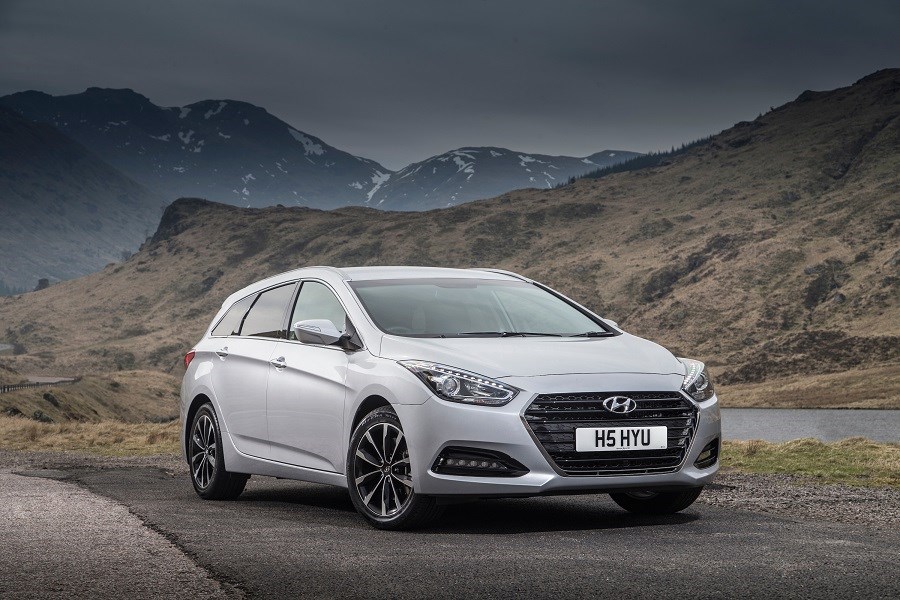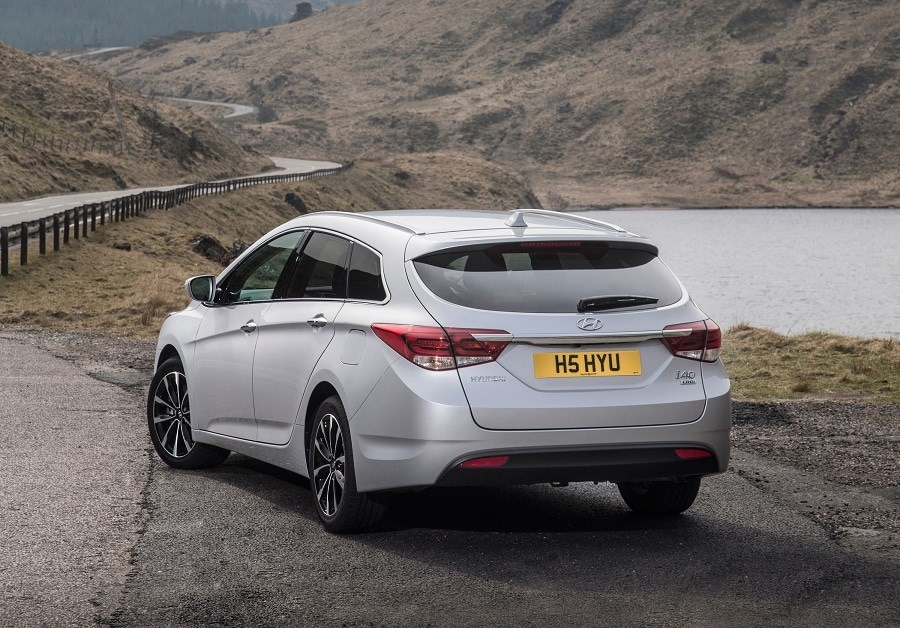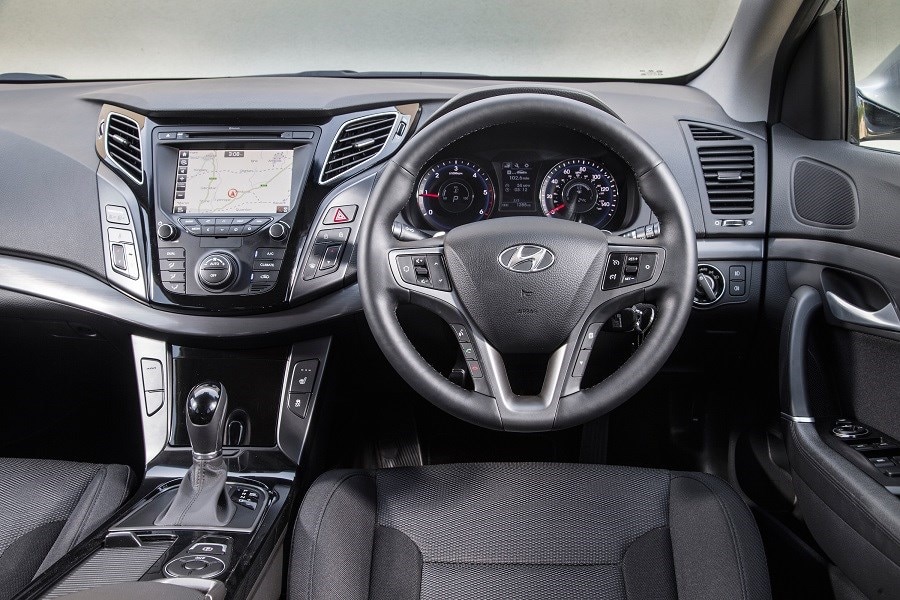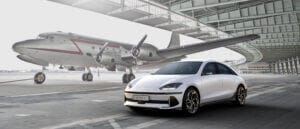Latest model
An updated version of the i40 was shown off in 2014, with both saloon and estate variants going on sale in 2015. The manufacturer credited the revamped i40 as a car that helped shift consumer perception of Hyundai.
Revisions included new front and rear lights, a new Hexagon grille—a trademark feature of Hyundais – and a new front bumper. The design mimicked that of the Genesis, Hyundai’s range-topping model in other parts of the world.
A new seven-speed DCT automatic transmission was added to the line-up, along with an engine range solely consisting of diesel units.
It also showcased some new safety technologies for Hyundai in Europe, including high-beam assist and traffic sign recognition.
Revisions underneath the surface also helped the i40 to remain a comfortable car.
Disappointingly, the i40 seems to have been forgotten about within the range, with no revisions or adjustments being made since 2014.
Value for money
Keeping with one of the things Hyundai is known for, the i40 represents excellent value for money. Saloon models start at £20,360, while the Tourer (estate) can be had from £21,610. It pips the Kia Optima and Ford Mondeo on cost, although it’s more expensive than the excellent Vauxhall Insignia. That said, because the i40 isn’t a best-seller, it’s possible to get up to £2,000 off new models at main dealers. If you’re looking at buying a new one you should never pay the full asking price.
Whilst standard equipment is good, it isn’t overly generous. Nevertheless, automatic lights, LED daytime running lights, electric lumbar support and Bluetooth are all included as standard, which isn’t bad.
Undoubtedly, the i40 makes the most sense on the used market, thanks to heavy depreciation. Used models can be picked up for as little as £3,000, although cars at this price will have high mileages. You could be looking at double that price before you can find an example with less than 60,000 miles, although that’s still a lot of car for the money. We saw a 2012 i40 Tourer with 63,000 miles on the clock for £5,995—which is a great buy.
Low-mileage facelifted versions from 2015 can also be bought from £8,000. However, it’s the nearly-new models which make the best financial case. A six-month old example with under 10,000 miles will set you back around £13,000, which is a substantial saving of over £7,000 compared to its price when new.
Looks and image
While the i40 looked smart when it first went on sale, new models now look a bit dated. The exterior design still looks rather fresh with the cascading grille, big headlights and LED daytime running lights, but next to newer rivals such as the Vauxhall Insignia and Mazda6, the i40 is starting to show its age.
Sadly, the interior doesn’t have a particularly fresh look anymore—particularly the entry-level S versions which don’t even come with a touchscreen. There’s just a few too many buttons compared to newer models, although it’s a layout that’s easy to work. Interior quality is also decent. There aren’t many hard plastics around the cabin, and all trims benefit from a leather steering wheel and gearstick. As you close in on the top of the range, you’ll get a heated steering wheel, heated front and rear seats, as well as a panoramic sunroof.
The i40 is not the car for those wanting a thrilling driving experience, but if comfort is your top priority, it would make an excellent choice. That said, the ride quality is superb—particularly on cars wearing smaller wheels—with the Hyundai’s suspension setup soaking up potholes well. It excels on long-distance journeys and on the motorway, as the oddly-weighted steering wheel and chassis mean that driving it on smaller roads isn’t a particularly dynamic experience.





